Home>Garden Essentials>How To Build A Vertical Garden Tower
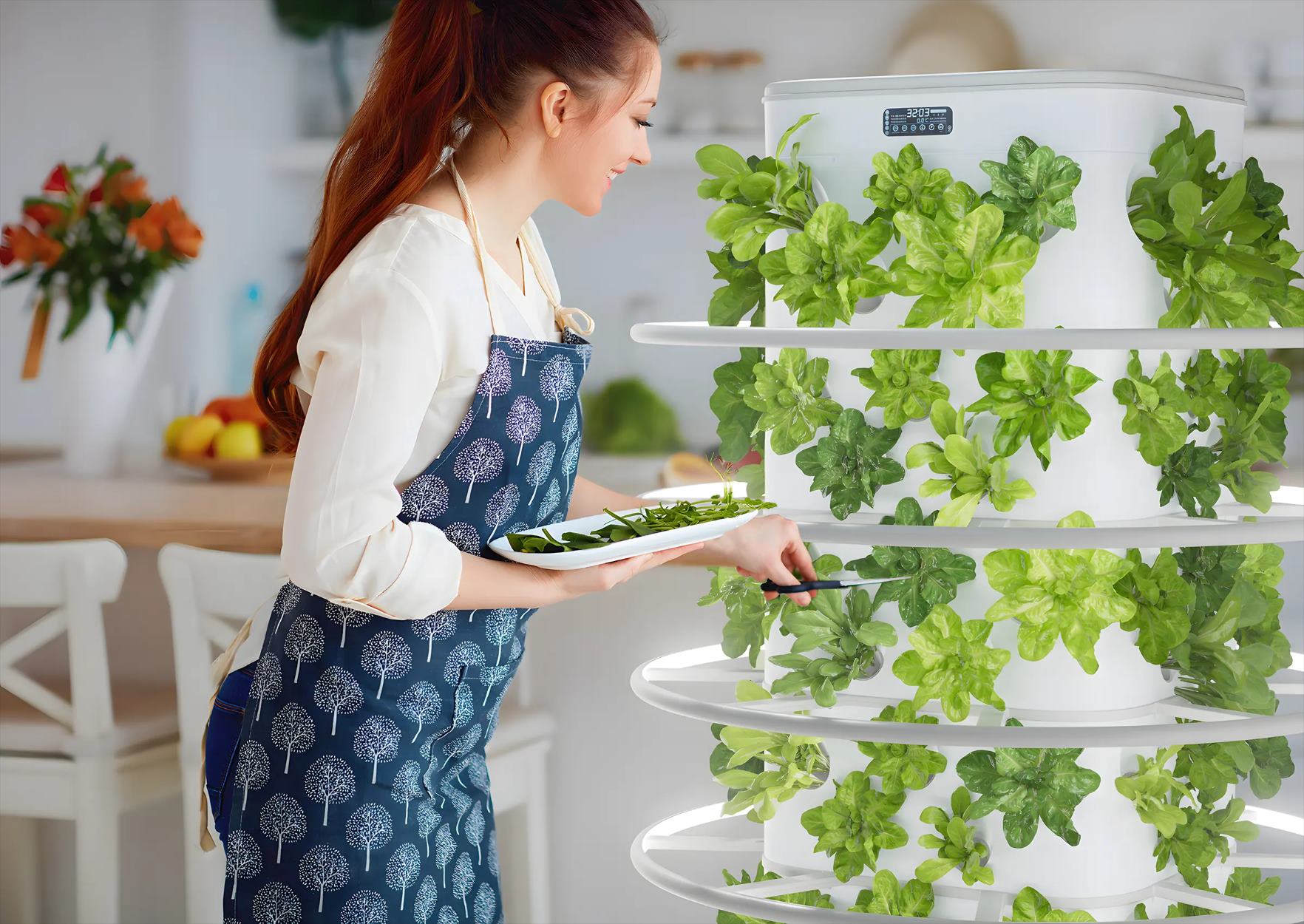

Garden Essentials
How To Build A Vertical Garden Tower
Modified: March 15, 2024
Learn how to build a stunning garden tower to maximize your space and create a thriving vertical garden. Discover expert tips and techniques for successful gardening.
(Many of the links in this article redirect to a specific reviewed product. Your purchase of these products through affiliate links helps to generate commission for Storables.com, at no extra cost. Learn more)
Introduction
Welcome to the world of vertical gardening, where you can take your love for plants to new heights – quite literally! Vertical garden towers, also known as living walls or green walls, are a popular trend in gardening that allows you to make the most of limited space and create a stunning focal point in your garden or outdoor area.
Whether you have a small balcony, a rooftop garden, or a compact backyard, vertical garden towers offer a practical and aesthetically pleasing solution to grow a variety of plants vertically. In this article, I will guide you through the process of building your own vertical garden tower, step by step.
Before we dive into the construction process, let’s explore the numerous benefits of vertical garden towers and why you should consider adding one to your outdoor space.
Key Takeaways:
- Vertical garden towers maximize space, improve air quality, and yield more crops. They’re like living art pieces that bring joy and creativity to any outdoor space.
- To build a vertical garden tower, choose the right location, plants, and materials. Care for your garden by watering, fertilizing, and monitoring for pests and diseases. Enjoy the beauty and tranquility it brings!
Read more: How To Build Vertical Garden
Benefits of Vertical Garden Towers
Vertical garden towers offer a multitude of advantages for both novice and seasoned gardeners. Here are some of the key benefits:
- Space-saving: One of the biggest advantages of vertical garden towers is their ability to maximize space. In urban environments where outdoor space is at a premium, vertical gardens provide a valuable solution. By utilizing vertical space, you can grow a variety of plants without taking up much floor space.
- Aesthetically pleasing: Vertical garden towers serve as living artworks, adding a touch of beauty and visual interest to any outdoor area. They can transform a plain wall or fence into a vibrant and captivating display of greenery. With careful plant selection and arrangement, you can create a stunning backdrop or focal point in your garden.
- Improved air quality: Plants are known for their natural air-purifying properties, and vertical garden towers are no exception. They help to filter pollutants and release oxygen, improving the air quality in your immediate surroundings. This can be especially beneficial in urban areas with high levels of air pollution.
- No more bending or kneeling: Traditional gardening often requires bending or kneeling, which can be challenging for individuals with physical limitations or back problems. Vertical garden towers offer a more accessible gardening solution, as you can tend to your plants at a comfortable standing or sitting height.
- Increased crop yield: When properly designed and maintained, vertical garden towers can provide higher crop yields compared to traditional gardening methods. With the right plant selection and appropriate care, you can grow a variety of herbs, vegetables, and even flowers in a relatively small space.
- Protection from pests and diseases: Elevating your plants off the ground in a vertical garden tower can help protect them from soil-borne pests and diseases. It creates a physical barrier that reduces the risk of infestations and improves overall plant health. Additionally, proper air circulation in vertical gardens can discourage the growth of fungal pathogens.
Now that we’ve explored the many benefits of vertical garden towers, let’s move on to the practical aspects of creating your own.
Choosing the Right Location
When it comes to vertical garden towers, selecting the right location is crucial for the success of your project. Here are some factors to consider when choosing a location:
- Sunlight: Most plants need adequate sunlight to thrive. Look for a location that receives at least six to eight hours of direct sunlight each day. If you have limited access to sunlight, choose plants that are tolerant of shade or consider using artificial lighting to supplement natural light.
- Water source: Your vertical garden tower will require regular watering, so it’s important to have a convenient water source nearby. Consider the accessibility of water and whether you will need to install an irrigation system or rely on manual watering.
- Access and visibility: Choose a location that is easily accessible for maintenance and harvesting. Additionally, consider the visibility of your vertical garden. You’ll want to place it in an area where you and others can enjoy its beauty and easily observe its progress.
- Structural support: Keep in mind that vertical garden towers can be heavy, especially when fully planted and irrigated. Ensure that the chosen location can support the weight of the structure and plants, whether it’s a sturdy wall, fence, or a freestanding frame.
- Proximity to other plants: Take into account the proximity of your vertical garden tower to other plants in your garden. Ensure that it won’t cast too much shade on surrounding plants and that it won’t compete for necessary nutrients and resources.
- Aesthetics: Consider the overall aesthetic of your outdoor space when choosing the location. Your vertical garden should complement the existing landscape and enhance the visual appeal of your garden or patio.
Take the time to carefully assess potential locations before proceeding with the construction of your vertical garden tower. Choosing the right location will set the foundation for a thriving and visually appealing garden. Now that you’ve selected the perfect spot, let’s move on to selecting the right plants for your vertical garden tower.
Selecting the Right Plants
Choosing the right plants for your vertical garden tower is essential for its long-term success. Here are some factors to consider when selecting plants:
- Growth habit: Look for plants that have a natural upright or trailing growth habit. This will ensure that they grow well in a vertical garden and don’t overwhelm the structure. Consider the mature size of the plants and how they will fit within the available space.
- Light requirements: Different plants have varying light requirements. Ensure that the plants you choose are suitable for the amount of sunlight available in your chosen location. Some plants thrive in full sun, while others prefer partial shade. Take note of these preferences and group plants with similar light requirements together.
- Water needs: Select plants that have similar water requirements to simplify your watering routine. This will help ensure that all plants in your vertical garden tower receive adequate moisture without over or under watering.
- Climate compatibility: Consider the climate in your region and choose plants that are well-suited to your local conditions. Some plants may thrive in hot and dry climates, while others prefer cooler and more humid environments.
- Edible versus ornamental: Decide whether you want to grow edible plants, such as herbs and vegetables, or focus on ornamental plants for visual appeal. You can also mix both types to create an aesthetically pleasing and functional vertical garden.
- Seasonality: Take into account the seasonal changes in your area. Choose plants that can thrive throughout the year or plan to rotate and change plants seasonally to keep your vertical garden looking vibrant and healthy.
- Texture and color: Consider the foliage and flower colors, as well as the textures of the plants you choose. Varying colors and textures will add visual interest and create a more diverse and dynamic vertical garden.
Remember to research each plant’s specific care requirements, including fertilization, pruning, and pest control. This will help you provide the necessary care and ensure the overall health of your vertical garden tower. With the right plant selection, your vertical garden will flourish and become a beautiful and sustainable addition to your outdoor space.
Now that you have an idea of the plants you want to include, it’s time to gather the necessary building materials and tools for constructing your vertical garden tower. We’ll explore this in the next section.
Building Materials and Tools Needed
Before you start constructing your vertical garden tower, it’s important to gather all the necessary building materials and tools. Here’s a list of items you’ll need:
Read more: How To Grow A Vertical Garden
Building Materials:
- Wooden pallet or frame: This will serve as the base and structure for your vertical garden tower. You can repurpose a wooden pallet or build a custom frame using pressure-treated or rot-resistant wood.
- Geotextile fabric: This fabric will act as a barrier between the soil and the structure, preventing soil erosion while allowing water drainage.
- Potting soil: Choose a high-quality potting mix that is suitable for the types of plants you’ll be growing in your vertical garden tower.
- Plants: Select the plants you’ve chosen based on your preferences and the growing conditions in your location.
- Irrigation system: Depending on your preference, you can opt for a drip irrigation system, a misting system, or even a simple hand-watering setup.
- Plant containers: These can be small pots, fabric grow bags, or specialized vertical garden planter pockets.
- Mounting hardware: If attaching your vertical garden tower to a wall or fence, you’ll need screws or brackets for secure installation.
- Optional: Fertilizer, mulch, and plant supports may be needed depending on your plant selection and maintenance requirements.
Tools:
- Tape measure
- Saw or circular saw
- Screwdriver or drill
- Staple gun or hammer and nails
- Utility knife
- Garden gloves
- Watering can or hose
These are the basic materials and tools you’ll need to construct your vertical garden tower. However, keep in mind that the specific requirements may vary depending on the size and design of your project. It’s always a good idea to double-check the instructions provided with any purchased materials to ensure you have everything you need.
Now that you have all the necessary materials and tools ready, it’s time to dive into the step-by-step construction process of your vertical garden tower. In the next section, we’ll begin with constructing the base.
Step 1: Constructing the Base
The base serves as the foundation for your vertical garden tower and provides stability and support. Follow these steps to construct the base:
- Measure and prepare the wooden pallet or frame: If you’re using a wooden pallet, ensure that it is in good condition and free from any loose or protruding nails. If you’re building a custom frame, measure and cut the wood to the desired size. Sand any rough edges to prevent splinters.
- Line the base with geotextile fabric: Lay the geotextile fabric on the inside of the pallet or frame, covering the entire base. Trim any excess fabric, leaving a few inches on each side to fold over the edges later. Secure the fabric in place using a staple gun or hammer and nails.
- Add a layer of potting soil: Fill the base with a layer of potting soil, ensuring that it is evenly distributed. Leave enough space for the roots of the plants to grow and anchor themselves. Gently tamp down the soil to provide a firm and stable foundation.
- Moisten the soil: Lightly water the soil to ensure it is evenly moist. This will help create a suitable growing environment for your plants.
- Secure the base to the ground (optional): If you’re concerned about the stability of your vertical garden tower, you can secure the base to the ground using stakes or anchors. This step is particularly important if you live in an area prone to strong winds or if your vertical garden tower is tall.
Once you have constructed the base, you’re ready to move on to the next step: building the tower structure. However, before you do, take a moment to admire your progress and envision the green oasis that will soon grace your outdoor space.
Note: If you are using a different design or construction method for your vertical garden tower, adjust these steps accordingly. The goal is to create a sturdy and well-supported base that can hold the weight of the soil and plants.
In the next section, we’ll explore the process of building the tower structure, which will house your plants and create a visually stunning vertical garden.
Step 2: Building the Tower Structure
Now that you have a solid base, it’s time to build the tower structure that will hold your vertical garden. Follow these steps to construct the tower structure:
- Determine the desired height: Decide on the height of your vertical garden tower, taking into consideration the available space and the plants you plan to grow. Keep in mind that a taller tower may require additional support.
- Attach additional pallets or frames (optional): If you want a taller tower, stack additional pallets or frames on top of the base, securing them together using screws or brackets. Ensure that each layer is securely fastened to maintain stability.
- Add support structures: Depending on the height and design of your vertical garden tower, you may need to add support structures. These can be additional wooden posts or stakes placed at strategic points along the tower to provide stability and prevent leaning.
- Secure the tower structure: Make sure that all the components of the tower structure are securely attached to each other. Check for any loose screws or connections and tighten them as needed to maintain stability.
- Consider adding trellises or mesh: If you plan to grow climbing or vining plants, consider installing trellises or mesh on the sides of the tower structure. This will provide support for the plants to grow vertically and keep them visually organized.
As you construct the tower structure, be mindful of its stability and the weight it needs to support. Ensure that all connections are secure and that the tower is balanced and level. This will help prevent any accidents or damage as your vertical garden grows.
Now that you have a sturdy tower structure in place, it’s time to move on to the next step: installing the irrigation system. We’ll explore this essential component in the next section.
When building a vertical garden tower, make sure to use a sturdy base and secure it properly to prevent tipping over. Also, choose plants that have similar water and sunlight needs to ensure they thrive together.
Read more: How To Plant Strawberry In A Vertical Garden
Step 3: Installing the Irrigation System
An irrigation system is essential for providing water to your vertical garden tower efficiently and effectively. Follow these steps to install the irrigation system:
- Choose your irrigation method: Select the type of irrigation system that best suits your needs and preferences. This can range from a simple drip irrigation system to a more complex misting system. Consider factors such as water availability, plant water requirements, and your own level of involvement in watering.
- Lay out the main water line: Start by laying out the main water line from your water source to the base of the vertical garden tower. Use a hose or PVC piping, taking care to position it in a way that allows for easy access and maintenance.
- Install drip lines or misting nozzles: Based on the chosen irrigation method, install drip lines or misting nozzles along the tower structure. These should be evenly spaced to ensure uniform watering. Use clips or stakes to secure the lines or nozzles in place.
- Connect the irrigation system to the main water line: Attach the drip lines or misting nozzles to the main water line, following the instructions provided with the irrigation system. Ensure that all connections are secure and leak-free.
- Test the irrigation system: Before planting your vertical garden, thoroughly test the irrigation system to ensure that water is flowing properly to all the plants. Adjust the flow rate and positioning of the drip lines or misting nozzles as needed.
- Set up a timer (optional): Consider installing a timer to automate the watering process. This will allow you to set specific watering intervals and durations, ensuring that your plants receive consistent and adequate moisture.
An efficient irrigation system will help save water and ensure that your vertical garden tower receives the right amount of moisture. Regularly monitor the system for any leaks or malfunctions and make adjustments as necessary to maintain optimal plant health.
Now that your irrigation system is in place, it’s time to move on to the next step: planting and arranging the plants in your vertical garden tower. We’ll delve into this exciting stage in the next section.
Step 4: Planting and Arranging the Plants
Now comes the fun part – planting and arranging the plants in your vertical garden tower. Follow these steps to ensure successful planting and a visually appealing arrangement:
- Prepare the planting containers: If you’re using individual pots or grow bags, fill them with potting soil, leaving about an inch of space at the top for watering. If your vertical garden tower has built-in pockets or planters, ensure they are clean and ready for planting.
- Plan your plant arrangement: Consider the growth habits, colors, and textures of the plants you’ve chosen. Arrange them in a way that creates an aesthetically pleasing composition. Start by placing taller plants towards the back or center of the tower and cascading or trailing plants towards the edges.
- Plant the tallest plants first: Begin by planting the tallest plants in the designated spots, ensuring they are securely positioned and well-rooted. Gently loosen the plant’s root ball before placing it in the soil and backfill around it, pressing lightly to secure the plant in place.
- Continue with the remaining plants: Plant the rest of the plants, following the same process. Space them adequately to allow for their growth and to prevent overcrowding. Consider grouping plants with similar water and light requirements together for easier maintenance.
- Water the newly planted garden: After planting, give your vertical garden tower a thorough watering to settle the soil and ensure good root-to-soil contact. This will help the plants establish themselves quickly.
- Consider adding support structures (optional): If any of your plants require additional support, such as climbing vines or tall flowers, install trellises or stakes to provide stability and guide their growth.
- Monitor and adjust plant placement: Regularly check your vertical garden tower for any needed adjustments. As the plants grow, you may need to reposition or trim them to maintain the desired arrangement and prevent overcrowding.
Take your time and have fun with the planting and arranging process. Experiment with different combinations of plants and observe how they interact with each other as they grow. Remember to consider the overall visual impact and balance of your vertical garden tower.
With your plants beautifully arranged, it’s time to move on to the final step: caring for your vertical garden tower. We’ll explore the essential maintenance tasks in the next section.
Step 5: Caring for Your Vertical Garden Tower
Now that your vertical garden tower is planted and thriving, it’s important to provide the necessary care to ensure its continued health and beauty. Follow these steps to properly care for your vertical garden tower:
- Water regularly: Proper watering is crucial for the well-being of your plants. Monitor the moisture levels in the soil and water as needed, usually when the top inch of soil feels dry. Be mindful not to overwater, as this can lead to root rot and other issues.
- Fertilize appropriately: Feed your plants with a balanced fertilizer according to the package instructions or the specific requirements of the plants. This will provide the essential nutrients they need for healthy growth and vibrant foliage or flowers.
- Monitor for pests and diseases: Regularly inspect your plants for signs of pests, such as aphids or spider mites, as well as common diseases like powdery mildew. If you notice any issues, promptly address them using organic pest control methods or appropriate treatments.
- Prune and trim: As your plants grow, they may require occasional pruning or trimming to maintain their shape and prevent overcrowding. Remove any dead or yellowing leaves, and trim back unruly growth to encourage bushier and healthier plants.
- Maintain support structures: If you have installed trellises or stakes for support, regularly check and adjust them as needed. Ensure that they remain secure and provide adequate support for climbing or vining plants.
- Monitor irrigation system: Regularly inspect the irrigation system to ensure it is functioning properly. Check for any clogs or leaks, and make any necessary adjustments to the water flow or positioning of drip lines or misting nozzles.
- Remove weeds: Keep your vertical garden tower free from weeds that compete with your plants for nutrients and water. Regularly inspect and remove any weeds that may appear in the soil or growing pockets.
- Enjoy and observe: Take the time to appreciate the beauty and growth of your vertical garden tower. Observe how the plants interact, bloom, and attract wildlife. Make note of any adjustments you may want to make for future seasons.
By following these care guidelines and nurturing your vertical garden tower, you will create a thriving and visually stunning green oasis in your outdoor space.
Now that you know how to care for your vertical garden tower, it’s time to conclude our guide. With a little time and effort, your vertical garden will continue to flourish, bringing joy and tranquility to your surroundings.
Remember to enjoy the process, be open to learning from your experiences, and embrace the unique beauty of your vertical garden tower.
Happy gardening!
Note: The specific care requirements may vary depending on the plants chosen for your vertical garden tower. Always refer to plant-specific care guides and adapt the care instructions accordingly.
Conclusion
Congratulations on completing your vertical garden tower! By following the step-by-step process outlined in this guide, you have created a beautiful and functional vertical garden that maximizes space and brings joy to your outdoor area.
Vertical garden towers offer numerous benefits, including space-saving, improved air quality, and increased crop yields. They also provide an opportunity to unleash your creativity and transform dull walls or fences into vibrant, living works of art.
Remember to carefully choose the right location for your vertical garden tower, considering factors such as sunlight, water accessibility, and overall aesthetics. Select plants with suitable growth habits, light requirements, and water needs. With the right plant selection, your vertical garden will thrive and create a visually appealing display.
Constructing the base and tower structure forms the foundation of your vertical garden tower. Ensure stability and proper support to create a sturdy framework for your plants to grow. Installing an irrigation system is crucial for efficient and adequate watering, ensuring the health and vitality of your plants.
When it’s time to plant and arrange your chosen plants, consider their growth habits, textures, and colors. Experiment with different combinations to create a visually appealing composition. Regular maintenance tasks, such as watering, fertilizing, pruning, and monitoring for pests and diseases, are essential to keep your vertical garden tower thriving.
As you care for your vertical garden tower, take the time to observe and enjoy the beauty and growth of your plants. Reflect on the journey you’ve taken and the fulfillment that comes from nurturing a living, breathing garden.
Remember, each vertical garden tower is unique, and yours will evolve and adapt to its environment over time. Embrace the natural processes and be open to making adjustments based on your observations and experiences.
Thank you for joining us on this vertical gardening adventure. We hope this guide has inspired you to create your own vertical garden tower and discover the joy of gardening in a vertical space.
Happy gardening and may your vertical garden tower continue to bring you years of beauty and tranquility!
Frequently Asked Questions about How To Build A Vertical Garden Tower
Was this page helpful?
At Storables.com, we guarantee accurate and reliable information. Our content, validated by Expert Board Contributors, is crafted following stringent Editorial Policies. We're committed to providing you with well-researched, expert-backed insights for all your informational needs.
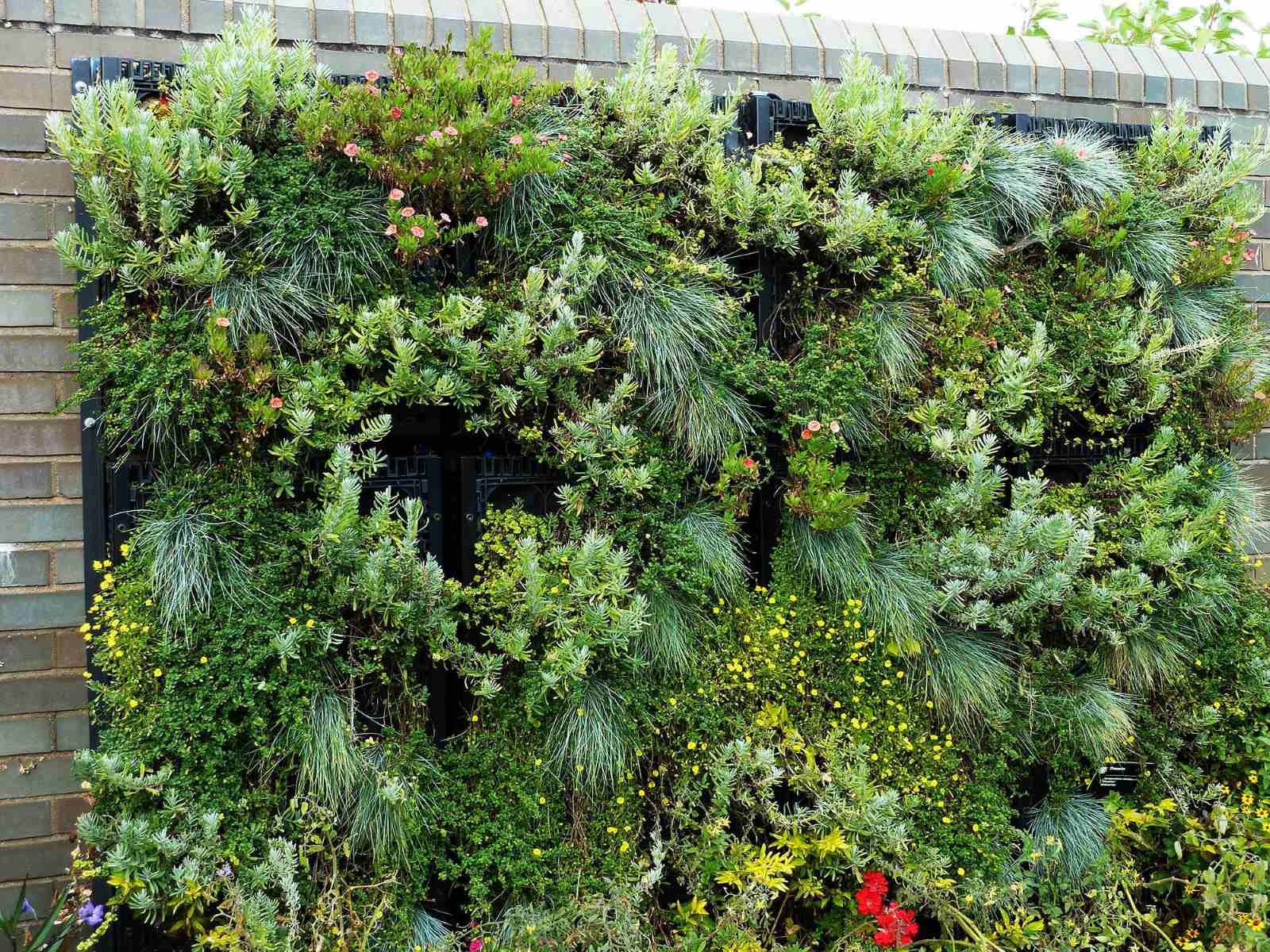
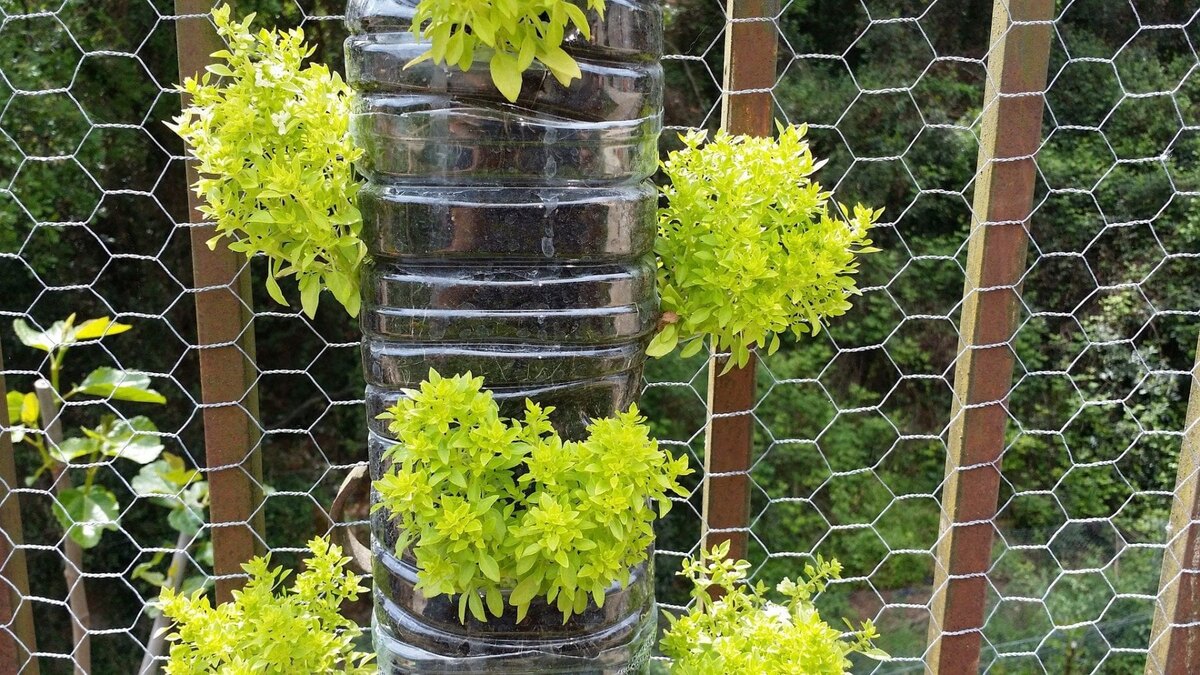
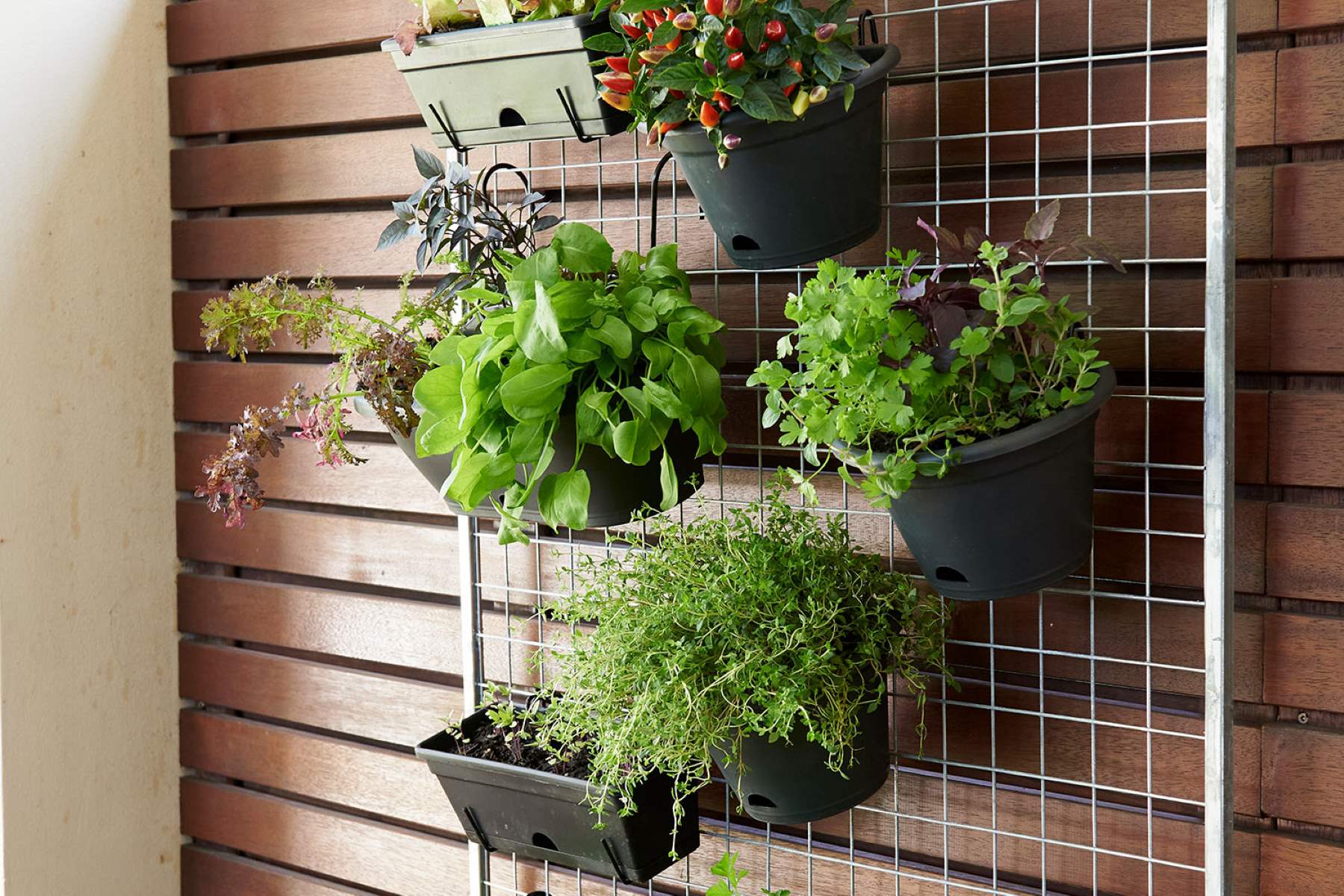
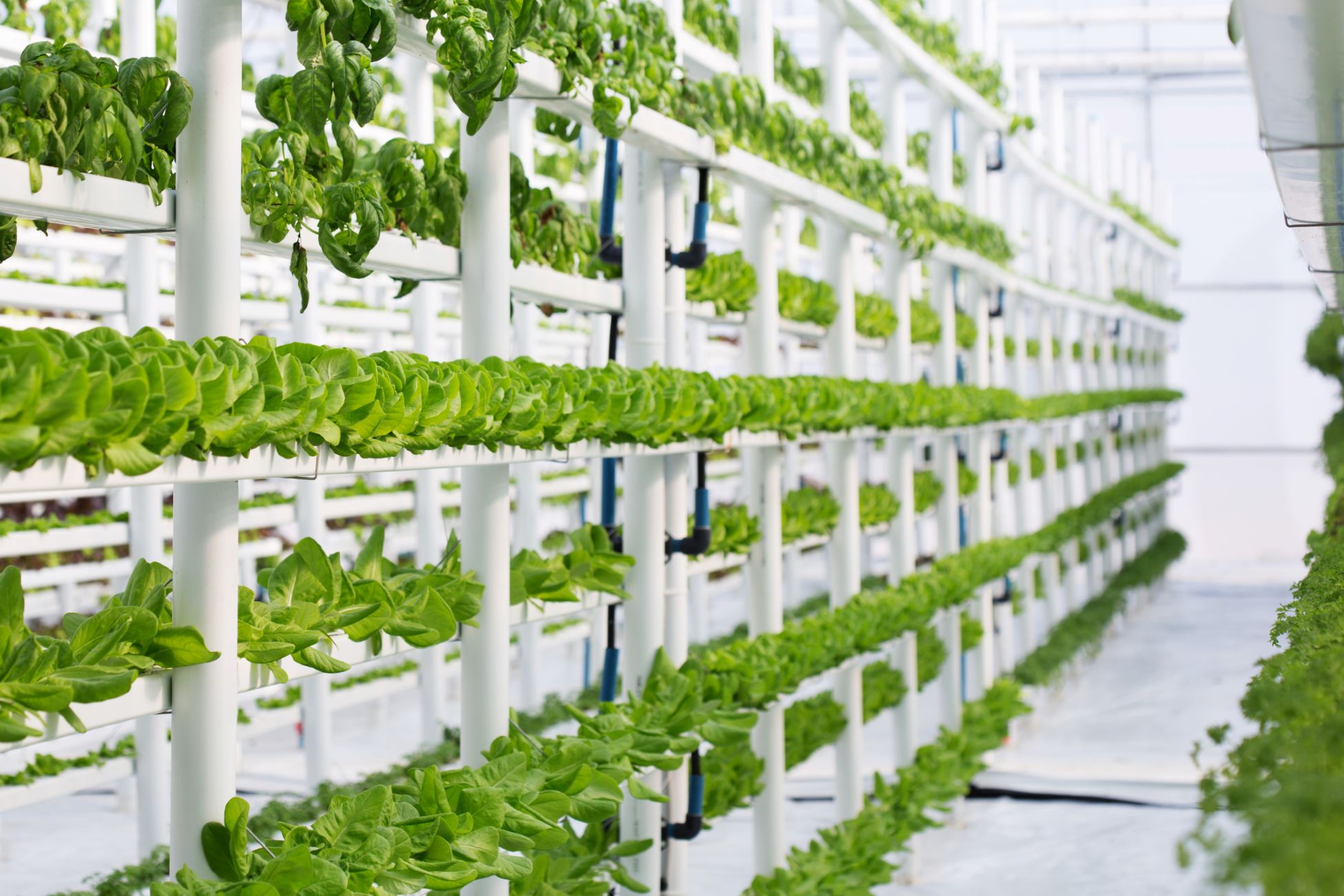
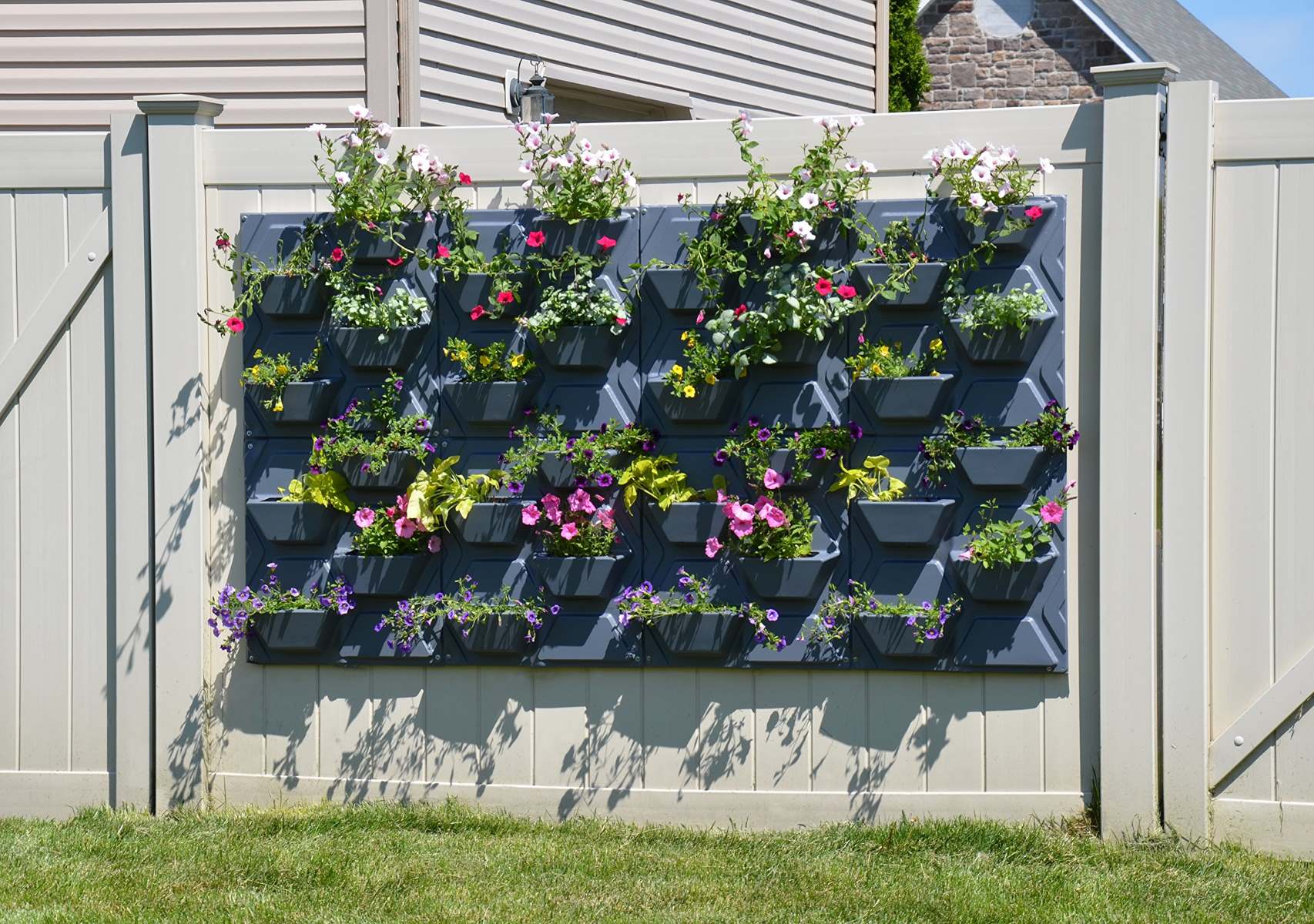

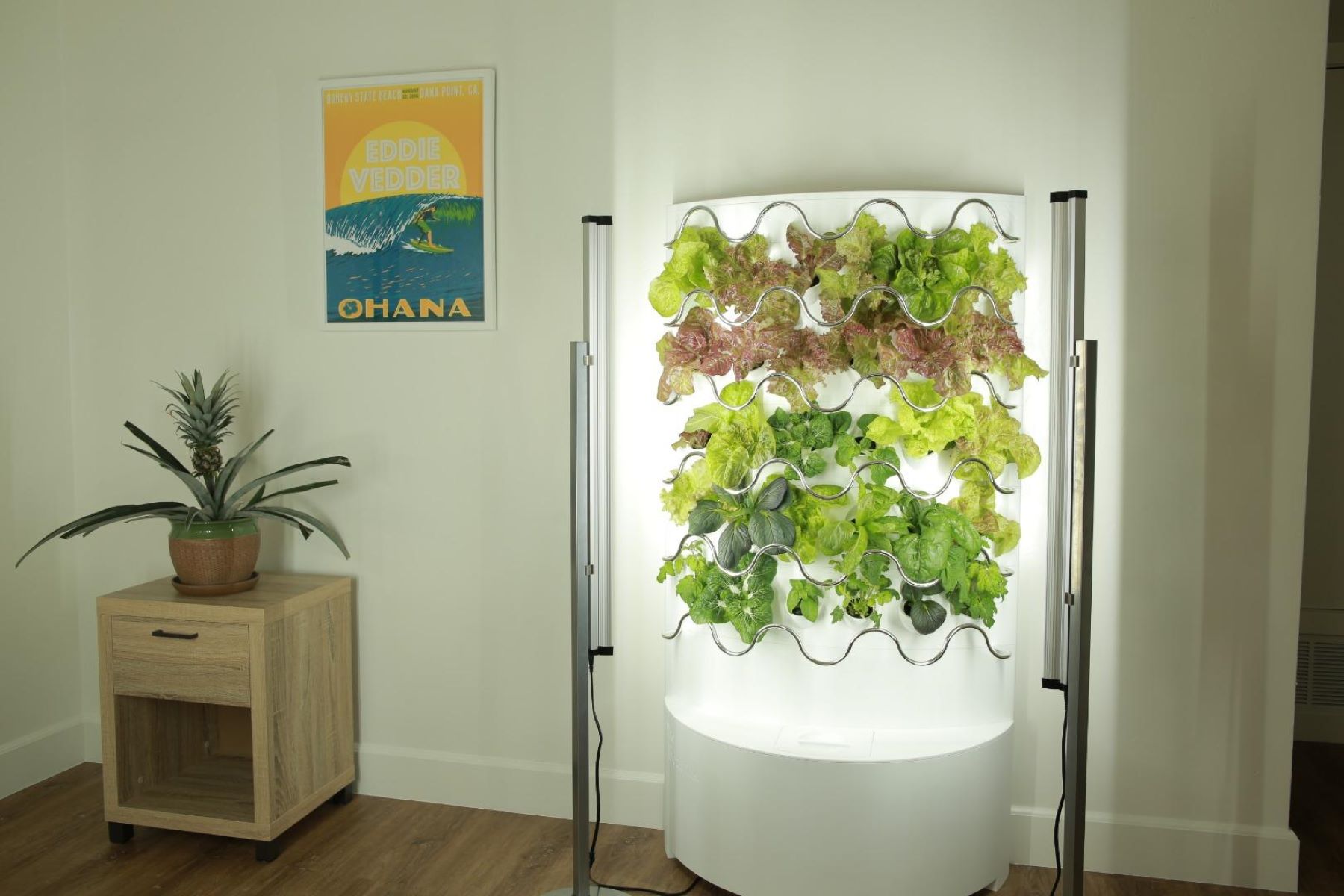

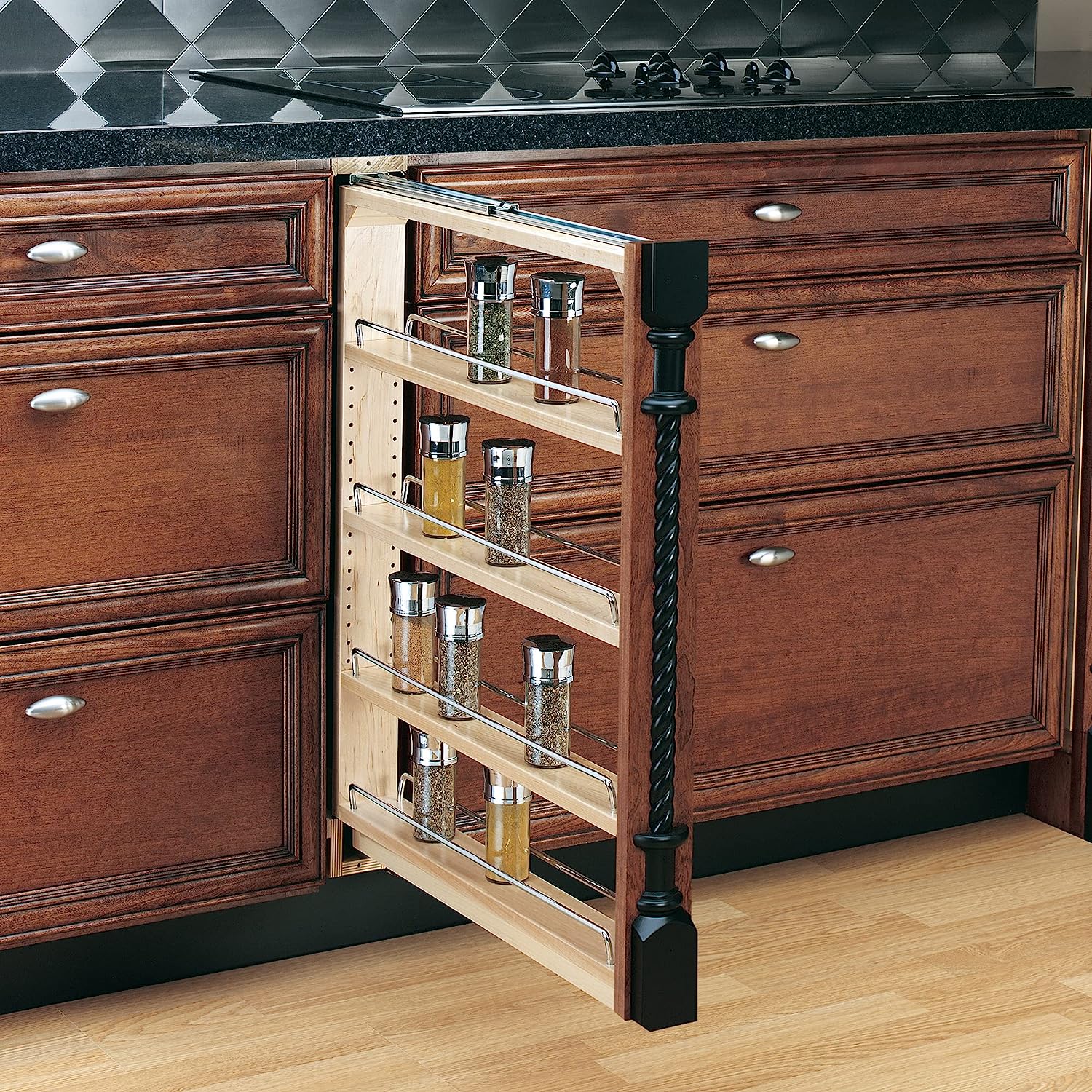
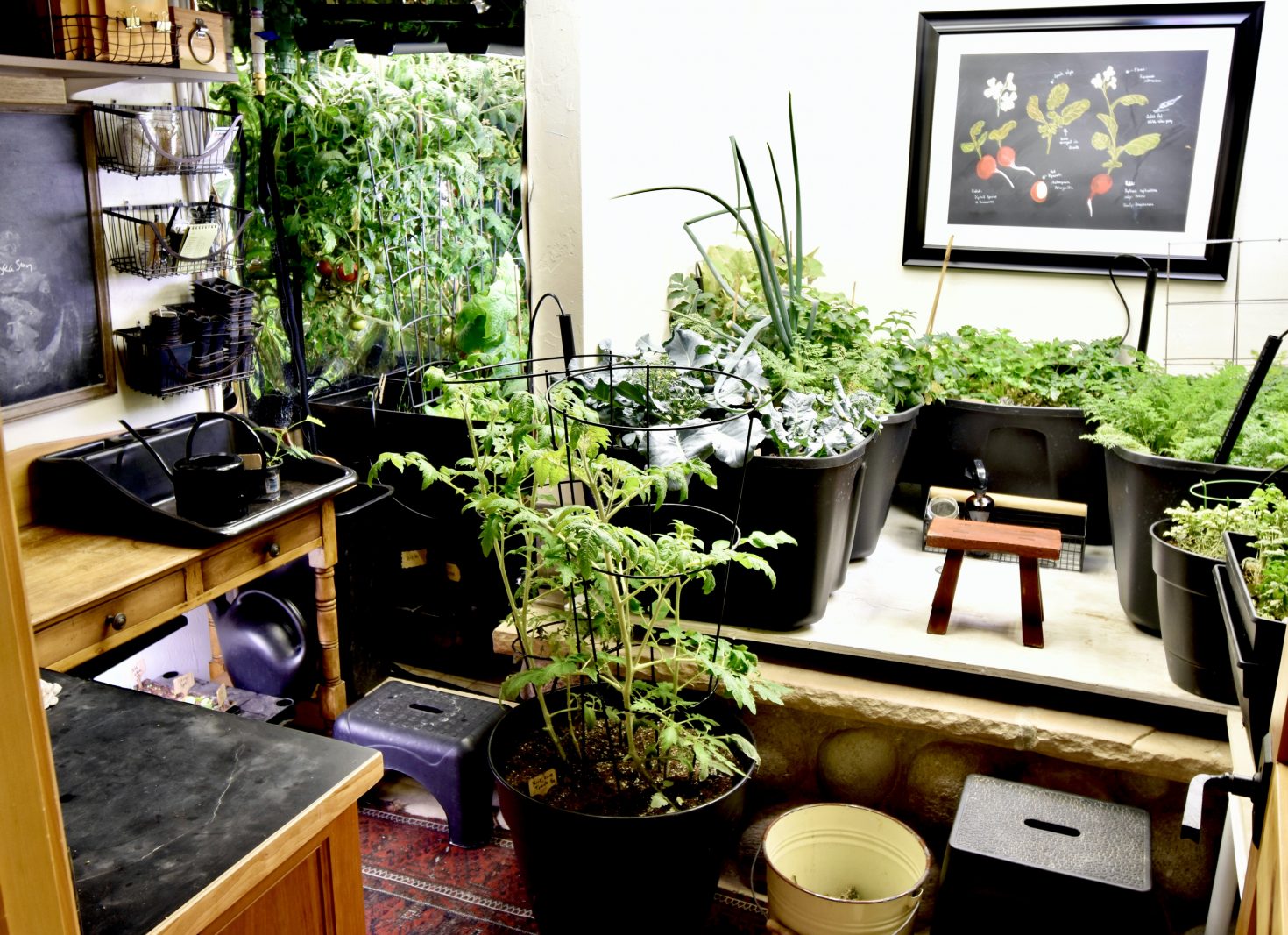
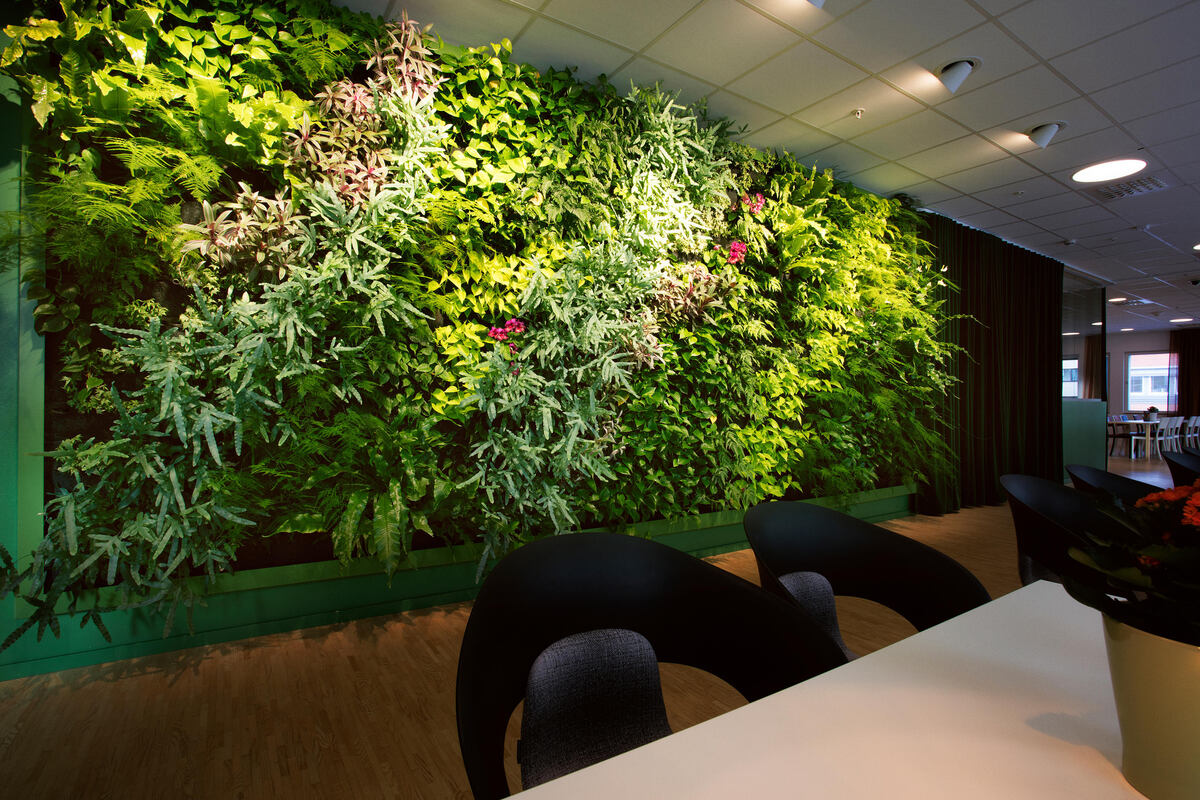
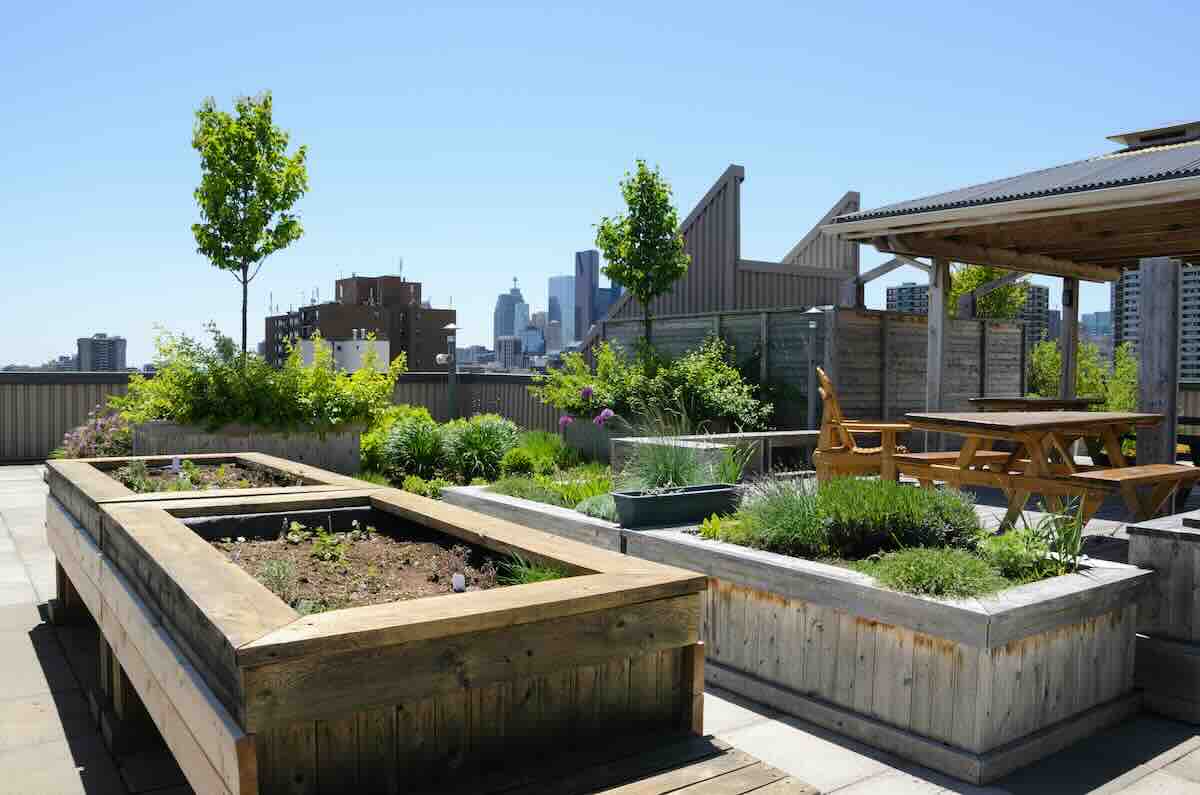
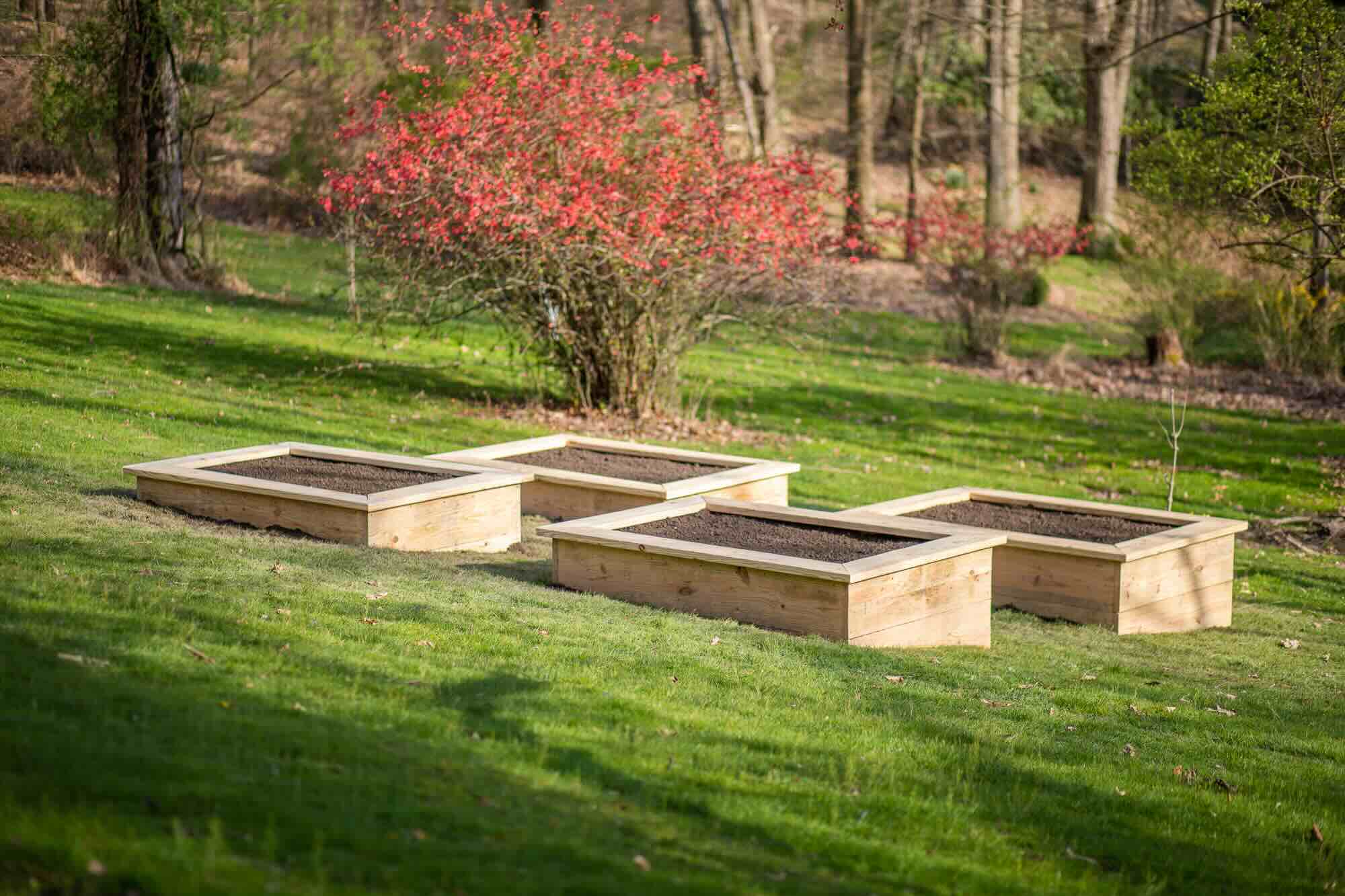

0 thoughts on “How To Build A Vertical Garden Tower”